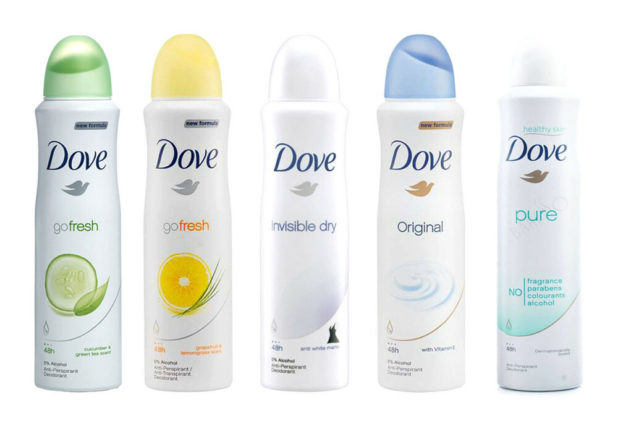What if you didn’t know that you were vaccinated? What if you just breathed it in?
Good news for individuals who simply can’t stand to be stuck with a needle. Scientists from the Massachusetts Institute of Technology are developing an inhalable COVID-19 vaccine that could be even more effective than injectable ones. In fact, they believe their research also opens the door for preventing and treating cancers and other diseases.
The researchers hope that, like other vaccines administered to the throat, their development will spark an immune system response as soon as the infection is inhaled. Foundation research on mice shows that an inhalable vaccine is 25 times more effective that one injected into a muscle. That’s because sending the vaccine directly onto mucosal membranes — like those found in the mouth, nose, throat, and lungs — can get immune system cells, or T cells, to “set up shop” ready to attack an infection where it lands.
This COVID vaccine project began after scientists successfully tested an inhalable vaccine for the smallpox virus in mice. In the study, published in the journal Science Immunology, scientists aimed to develop an intratracheal (via the throat) vaccine for both viruses and cancer. Most vaccines are given as injections into muscle tissue. But most viral infections occur at mucosal surfaces.
…
“In this paper, we specifically focused on T cell responses that would be useful against viruses or cancer, and our idea was to use this protein, albumin, as sort of a Trojan horse to get the vaccine across the mucosal barrier,” says senior author Darrell Irvine in a statement. “These types of inhaled vaccines could also be used to treat cancer metastasizing to the lungs or even prevent cancer from developing in the first place. In both the virus and the tumor experiments, we’re leveraging this idea that, as other people have shown, these memory T cells set up shop in the lungs and are waiting right there at the barrier. As soon as a tumor cell shows up, or as soon as a virus infects the target cell, the T cells can immediately clear it.”
While Irvine is now turning his attention to a COVID vaccine, he says the method could be used to tackle HIV and influenza too.
Jews have been thinking about doing things to the goyim through the air for decades.
There is a Time article from June 8, 1959 talking about airborne vaccinations:
If tubercle bacilli can float through the air and cause disease in people who inhale them, why cannot weakened bacilli be transmitted the same way to achieve mass vaccination? This was the question that Dr. Gardner Middlebrook and colleagues at Denver’s research-wise National Jewish Hospital asked themselves. Last week, after years of testing, they gave the National Tuberculosis Association a tentative answer: no reason why not.
…
If its apparent effectiveness is confirmed, airborne vaccination will have a cost advantage over multiple BCG punctures in the arm, because it requires far less vaccine. And Dr. Middlebrook believes that his method will interfere less with the standard tuberculin skin test for TB infection. Obscured results in this test have been a major factor in U.S. opposition to wide use of BCG, though the N.T.A. convention heard from Northwestern University’s Dr. Guy Youmans last week about a cheap, simple blood test which may reinforce and partly replace the tuberculin test. Most important to Dr. Middlebrook is the simplicity of his proposed airborne vaccination: “It would be easy to immunize a theater full of children while they were watching a Mickey Mouse cartoon.”
I know how we can save the world from coronavirus now!
We just have to use planes to spray this vaccine everywhere in the world!
Or we can just put it into women’s deodorant sprays.
The world-saving possibilities of this are exhilarating.
 Daily Stormer The Most Censored Publication in History
Daily Stormer The Most Censored Publication in History






